Kathmandu-The luxury fashion industry is experiencing unprecedented turbulence as Gen Z luxury brand boycott movements gain momentum worldwide. This Gen Z luxury brand boycott phenomenon has emerged as a powerful force, with young consumers born between 1998 and 2012 fundamentally reshaping the high-end retail landscape through strategic boycotts and shifting spending patterns that favor affordable brands over traditional luxury giants.
How Gen Z Luxury Brand Boycott Started {#rise-movement}
The Gen Z luxury brand boycott phenomenon represents a dramatic departure from traditional consumer behavior patterns. This Gen Z luxury brand boycott movement has gained significant traction as Americans aged 18 to 28 are the most likely to participate in a boycott, according to recent survey data. Before the COVID-19 pandemic, this generation accounted for approximately 4% of global luxury spending. Today, their preferences have shifted dramatically toward budget-friendly alternatives.
Understanding Gen Z’s Unique Consumer Psychology
Unlike previous generations, Gen Z consumers present distinct challenges for luxury marketers. Many high-end brands are struggling to connect with young consumers, who are either bored by dated marketing, turned off by high prices, or both. These digital natives are heavily influenced by social media trends and prefer mixing luxury pieces with affordable, trendy items rather than embracing traditional luxury aesthetics wholesale.
Gen Z Luxury Brand Boycott and “Nepo Baby” Connection
Recent political movements in countries like Nepal and Indonesia have brought the “nepo baby” and “nepo kid” campaigns into sharp focus. These grassroots movements target the lavish lifestyles and extravagant spending habits of children belonging to high-ranking government officials and political leaders. The backlash against nepotism has naturally extended to luxury brands like Gucci, Louis Vuitton, and Kering, which have become symbols of excessive wealth and privilege in the Gen Z luxury brand boycott movement.
Impact on Major Luxury Brands {#impact-brands}
The Gen Z luxury brand boycott has created significant financial consequences for established luxury houses. The entire luxury sector is set to drop by 2% over the 2024 full-year period, representing a substantial market contraction.
Gucci’s Steep Decline
Gucci’s revenues fell 25% in the first quarter, contributing to parent company Kering’s 14% revenue decline. The Italian fashion house has struggled particularly in Asian markets, where Gen Z activism and changing consumer preferences have accelerated the brand’s decline. In September 2024, Gucci welcomed a new CEO as part of efforts to revitalize the struggling brand.
Kering’s Broader Struggles
Kering reported a 12% revenue drop in 2024 to €17.2 billion as macroeconomic conditions and geopolitical uncertainty affected consumer confidence. The conglomerate’s shares have fallen 43% over the past two years, reflecting investor concerns about the company’s ability to adapt to changing consumer preferences.
Louis Vuitton’s Challenges
Even LVMH, the world’s largest luxury conglomerate, hasn’t escaped the Gen Z luxury brand boycott impact. LVMH missed estimates in the third quarter as the Louis Vuitton and Dior owner’s fashion sales fell by 5%. This decline signals that even the most prestigious luxury brands are vulnerable to Gen Z’s shifting consumption patterns.
Success Stories: Affordable Brands Winning Gen Z {#success-stories}
While traditional luxury brands struggle, several companies have successfully captured Gen Z’s attention and spending power through strategic positioning and authentic engagement.
Coach’s Strategic Victory
Coach has emerged as a standout success story in the Gen Z luxury brand boycott era. By prioritizing influencer partnerships, personalized service, and sustainability initiatives, Coach’s revenue increased by 9.9% to approximately $5.6 billion. The brand’s parent company, Tapestry, has increased marketing spending from 3% of sales pre-pandemic to 10% to better reach Gen Z consumers.
According to Tapestry executive Scott Roe, Gen Z isn’t less brand-loyal than other generations but requires different approaches due to the abundance of available options. This insight has driven Coach’s more aggressive and targeted marketing strategies.
Ralph Lauren’s Adaptation
Ralph Lauren has similarly found success by adapting its messaging and product offerings to appeal to younger consumers. The brand’s emphasis on American heritage combined with contemporary styling has resonated with Gen Z’s desire for authenticity and timeless appeal.
Emerging Brand Success
Newer brands like Collina Strada and The Row have gained significant traction among Gen Z consumers. Collina Strada’s “meme-driven” aesthetic and commitment to sustainability particularly appeal to young consumers who value both humor and environmental responsibility in their fashion choices.
Meanwhile, established brands like Miu Miu, Loewe, and Bottega Veneta have maintained their appeal. Notably, Miu Miu’s sales increased by 49% in the first six months of 2025 compared to the previous year, demonstrating that some luxury brands can successfully navigate the Gen Z luxury brand boycott landscape.
Social Media’s Role in Brand Boycotts {#social-media-role}
Social media platforms, particularly TikTok, have become powerful catalysts for the Gen Z luxury brand boycott movement. Gen Z’s digital fluency enables rapid mobilization and dissemination of boycott campaigns, allowing coordinated consumer action to spread globally within hours.
TikTok to Thrift Store Journey
Gen Z consumers’ shopping journey spans from TikTok discovery to thrift store purchases, bypassing traditional luxury retail entirely. This shift represents a fundamental change in how young consumers discover, evaluate, and purchase fashion items. They’re more likely to find inspiration on social media and then seek affordable alternatives rather than purchasing from the original luxury sources.
Influencer Marketing Evolution
Luxury brands have attempted to reach Gen Z through influencer partnerships, pop-up stores, and affordable accessories like bag charms. However, these efforts often feel inauthentic to a generation that values genuine engagement over traditional marketing approaches. The Gen Z luxury brand boycott reflects partially this disconnect between brand messaging and consumer values.
Future of Luxury Fashion Industry {#future-luxury}
The Gen Z luxury brand boycott represents more than a temporary trend—it signals a fundamental shift in luxury consumption patterns that will likely persist and expand.
Asian Brand Opportunities
Chinese brands like Uma Wang and Shushu/Tong are experiencing rapid growth across Asian markets, benefiting from both local pride and Gen Z’s preference for discovering emerging designers. These brands offer fresh perspectives that traditional European luxury houses often struggle to match.
Sustainability and Authenticity Demands
Two-thirds of consumers worldwide say they would switch, avoid, or boycott brands based on their stance on controversial issues. This trend is particularly pronounced among Gen Z consumers, who prioritize environmental sustainability, social justice, and authentic brand values over traditional luxury signifiers.
Industry Adaptation Requirements
Chanel CEO Leena Nair emphasized that “brand longevity isn’t automatic—to remain relevant in public consciousness, brands must stay timely, relevant, and modern.” This insight captures the challenge facing all luxury brands in the Gen Z luxury brand boycott era.
Market Recovery Challenges
The luxury market lost around 50 million customers with a 3% dip in early 2025. Brands must urgently innovate to maintain relevance, exclusivity, and emotional connection in the social media era. The traditional approach of retreating to exclusivity may no longer be sufficient to attract younger consumers.
Economic and Social Implications
The Gen Z luxury brand boycott extends beyond fashion preferences to reflect broader economic anxieties and social consciousness. Young consumers are embracing escapist aesthetics, chaotic spending beyond their means and contradictory expectations in response to the turbulent socioeconomic climate they’ve grown up in.
Boycott Motivations
Top boycott motivations include demonstrating consumer power (53%), dissatisfaction with current government policies (49%), and opposition to companies rolling back DEI initiatives (46%). These statistics reveal that the Gen Z luxury brand boycott represents more than economic considerations—it’s a form of political and social expression.
Conclusion: The New Luxury Landscape
The Gen Z luxury brand boycott has fundamentally altered the luxury fashion landscape, creating opportunities for innovative brands while challenging established players to adapt or decline. Traditional luxury houses must recognize that exclusivity alone is no longer sufficient to attract young consumers who prioritize authenticity, sustainability, and social responsibility.
Successful brands in this new era will be those that can authentically connect with Gen Z values while maintaining quality and desirability. The shift away from traditional luxury consumption patterns appears permanent, suggesting that the industry must evolve to survive in an increasingly conscious and connected world.
As political movements like the “nepo baby” campaigns continue to challenge symbols of excessive wealth, luxury brands face the choice between adapting to new consumer values or risk becoming increasingly irrelevant to the next generation of consumers. The Gen Z luxury brand boycott represents not just a market trend, but a fundamental reimagining of what luxury means in the modern world.
Related Articles:
- Sher Bahadur Deuba Money Allegations Dismissed as Fabricated: Private Secretariat Clarifies
- China Calls TikTok Deal a Strategic Win: Analysis of Beijing’s Calculated Move


![Nepal Voter Registration Now Possible at Any Election Office – Complete Guide [2025 updated]](https://nepaliict.com/wp-content/uploads/2025/10/Nepal-voter-registration.jpg)

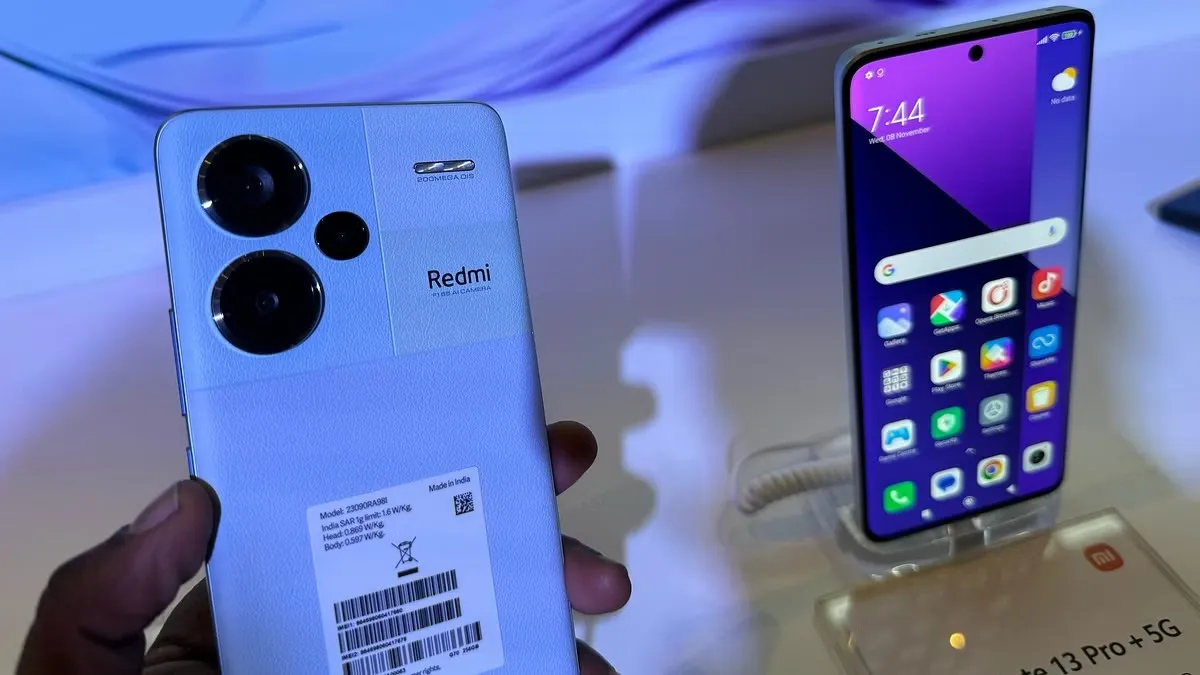

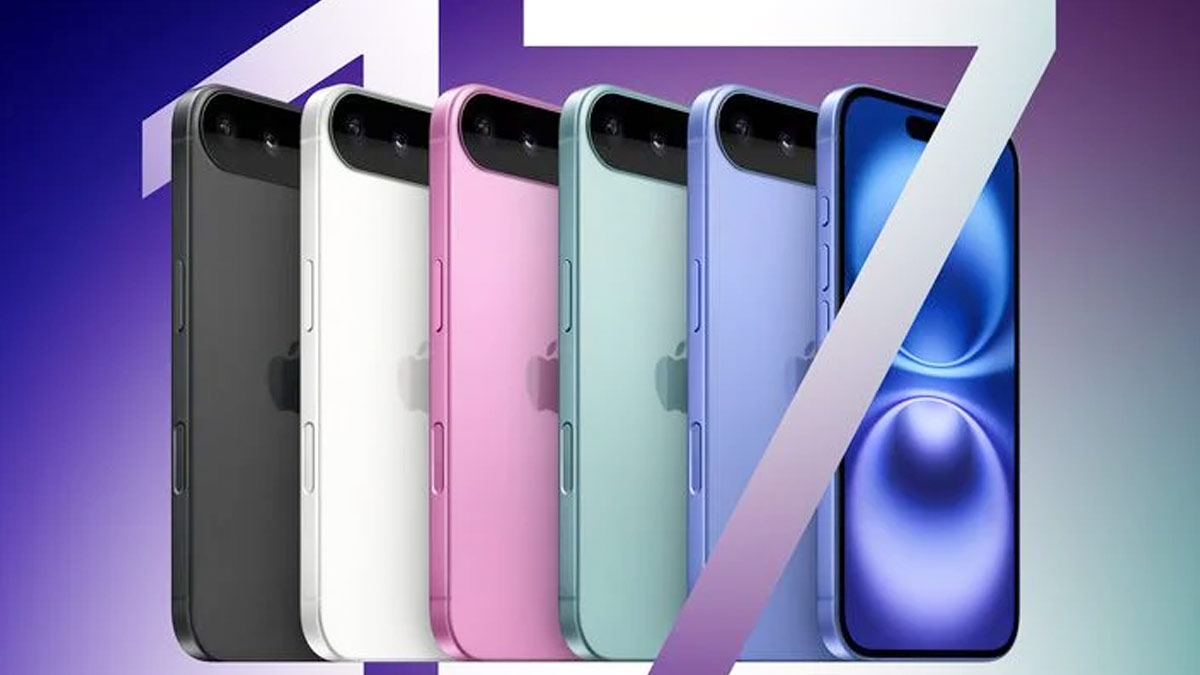



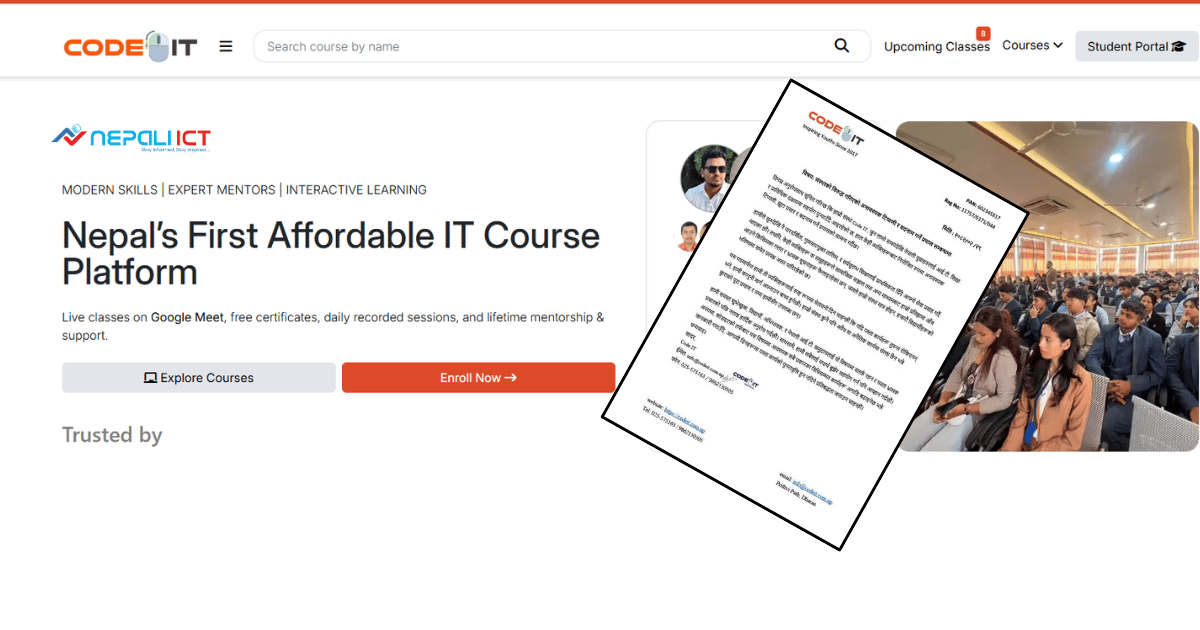




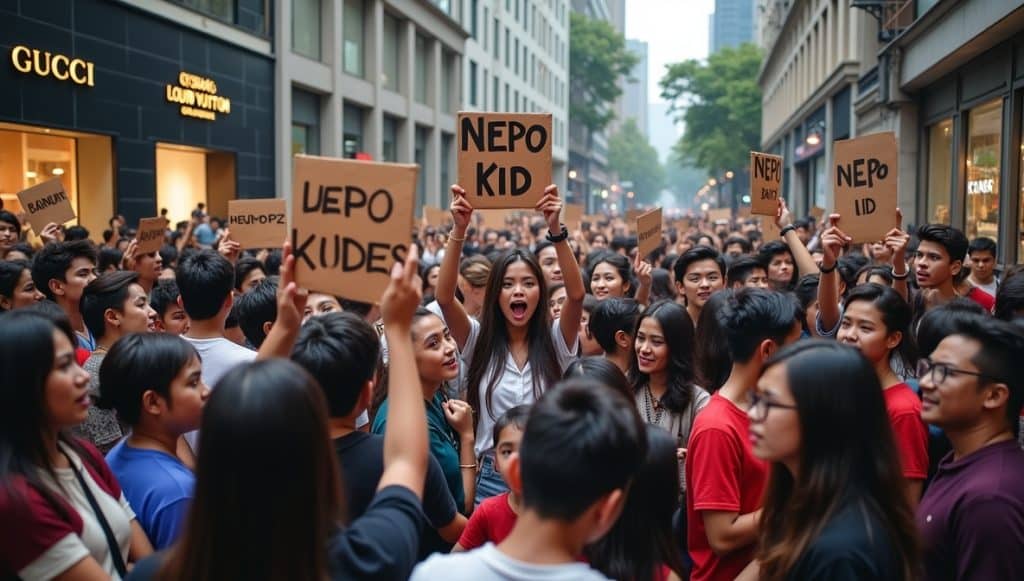
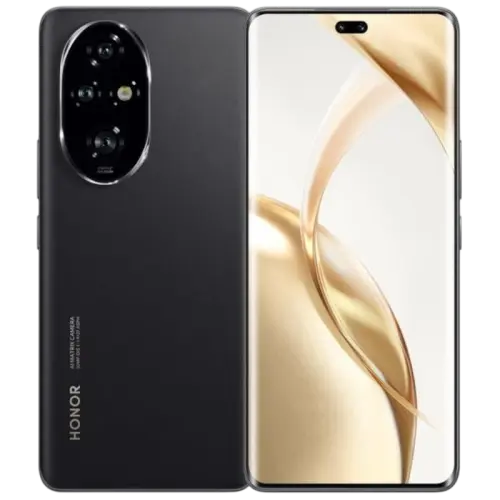
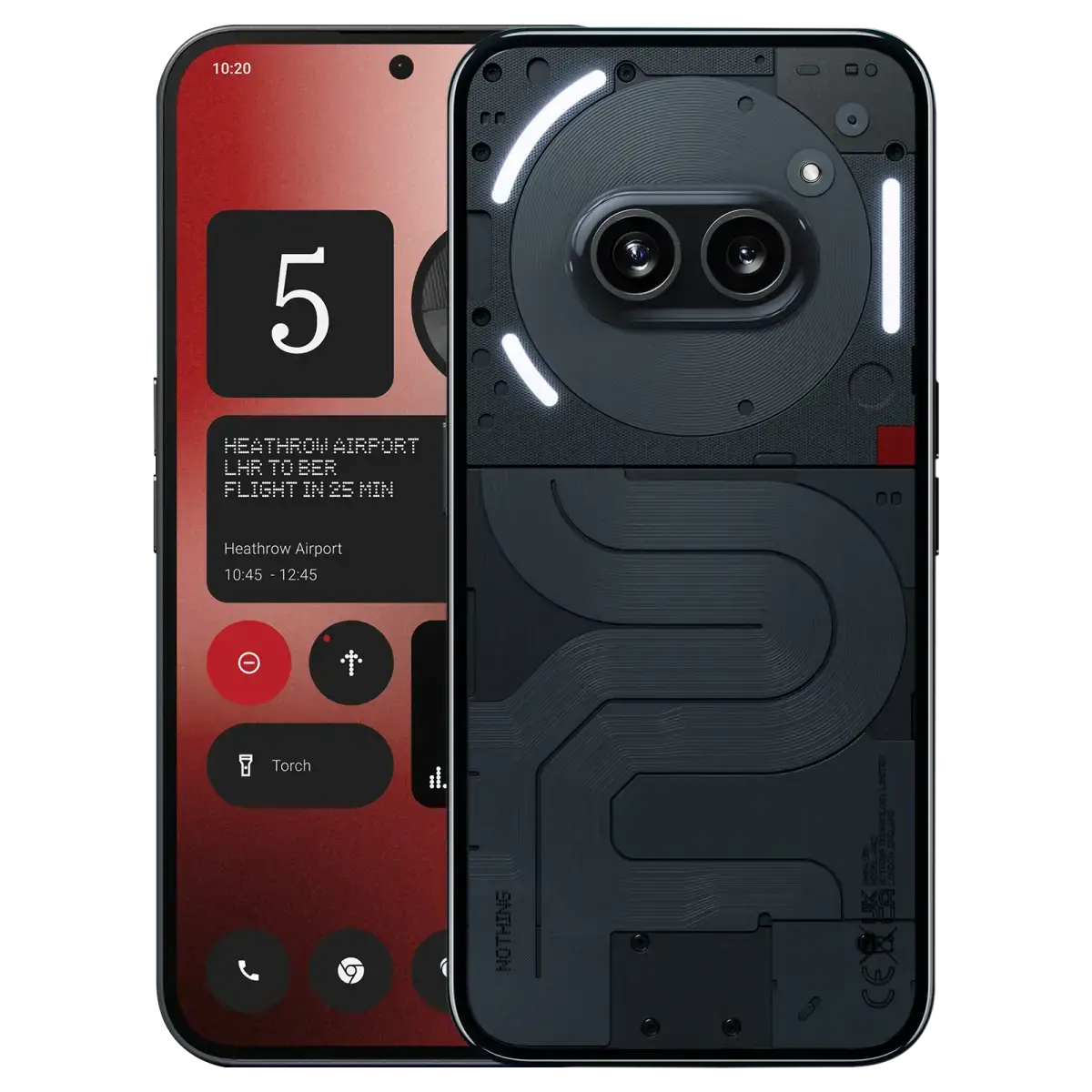
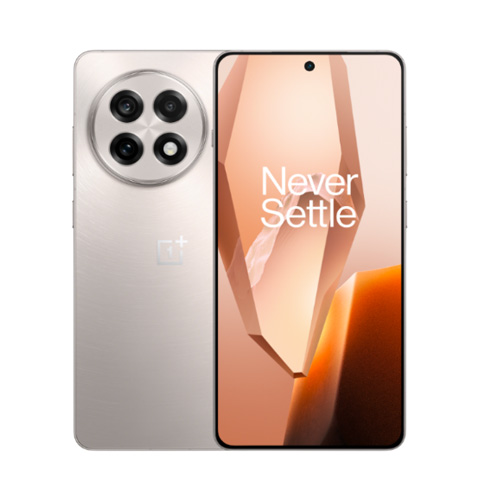
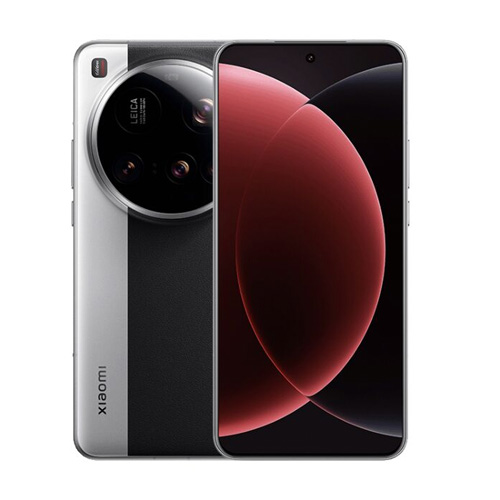
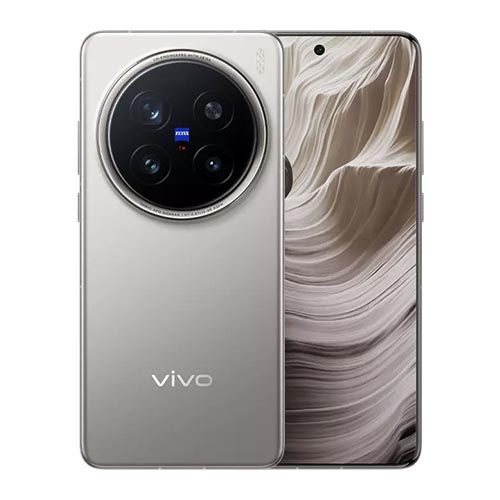

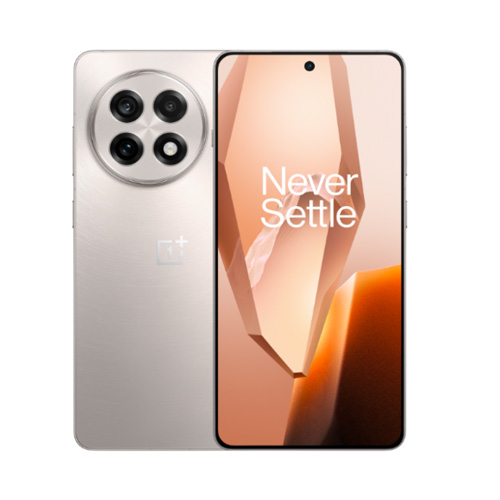

Comments